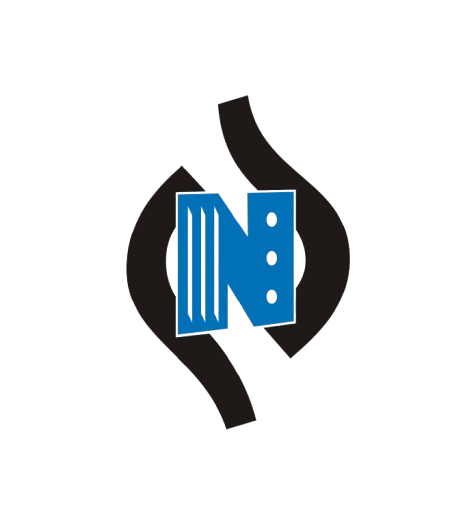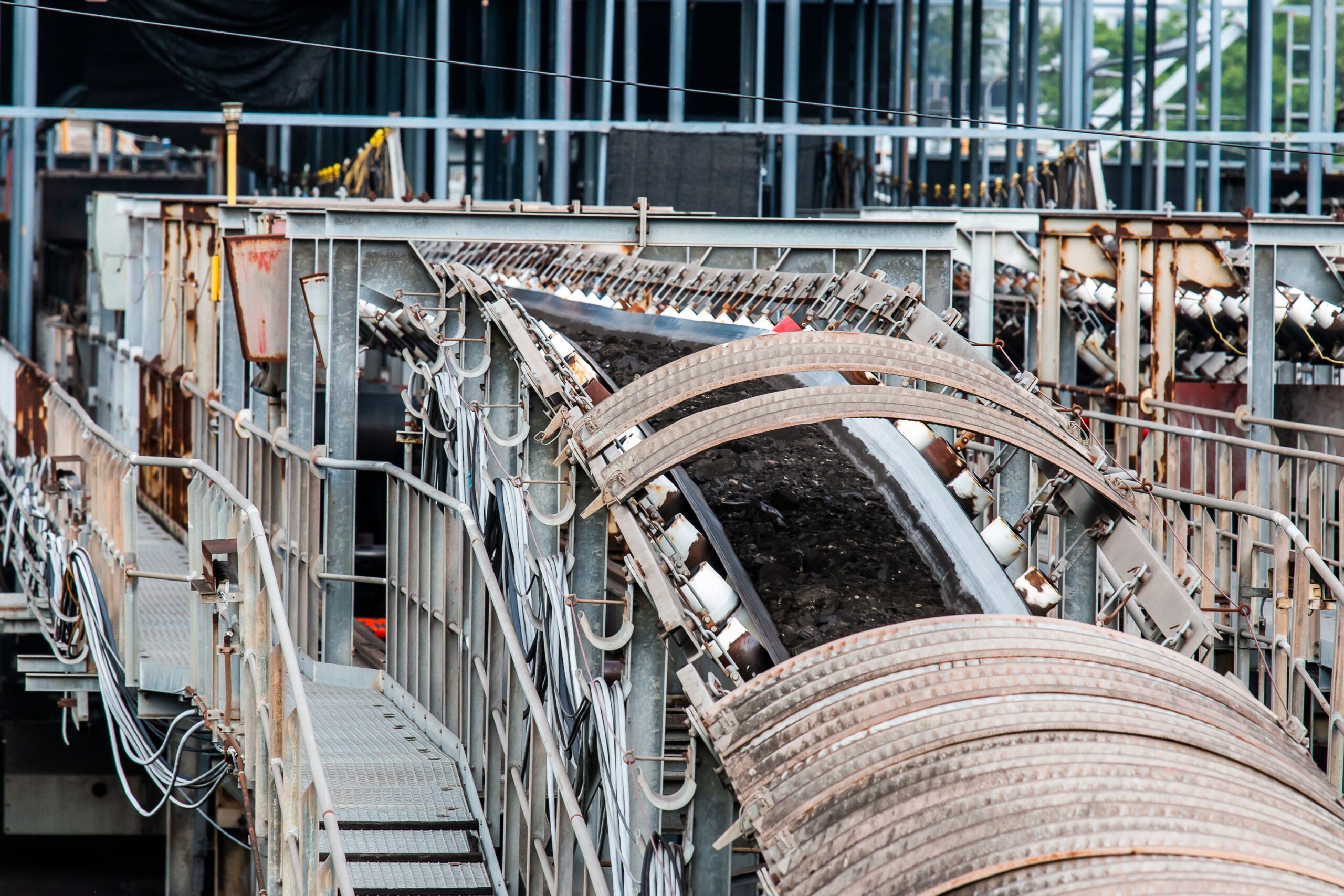Introduction
Proper maintenance is crucial for extending the lifespan of conveyor belts and ensuring smooth operations. Among various types, heavy duty conveyor belts are particularly important in industries such as mining, construction, and manufacturing, where they are subjected to extreme conditions. These belts handle high loads and operate continuously, making regular maintenance essential to prevent breakdowns, reduce repair costs, and maximize efficiency. This blog provides practical tips for maintaining heavy duty conveyor belts, while also covering cleated conveyor belts and other specialized types.
Regular Inspections
Conducting regular inspections is the first step in maintaining heavy duty conveyor belts. Due to their exposure to heavy loads and abrasive materials, these belts are prone to wear and stress. Key inspection areas include:
- Belt Surface: Check for deep cracks, cuts, or areas where the rubber is thinning, which can indicate stress damage.
- Belt Tracking: Ensure that the conveyor belt is properly aligned to prevent off-tracking, which can cause uneven wear and increased friction.
- Rollers and Pulleys: Inspect rollers and pulleys frequently, as heavy duty belts exert significant force on these components, leading to accelerated wear.
- Tension and Stretching: Heavy duty conveyor belts naturally stretch over time. Regularly check tension levels and make adjustments to prevent slippage.
Cleaning and Lubrication
Keeping heavy duty conveyor belts clean is critical to avoiding material buildup that can damage both the belt and its surrounding components. Here are best practices for cleaning:
- Use Proper Cleaning Agents: Harsh chemicals can degrade rubber, so always choose cleaners designed for heavy duty belt materials.
- Remove Debris and Contaminants: Accumulation of dust, rocks, and other debris can increase friction and cause premature wear.
- Lubricate Bearings and Rollers: Proper lubrication of moving parts reduces the stress on heavy duty conveyor belts, minimizing strain and improving efficiency.
Addressing Wear and Tear
Over time, heavy duty conveyor belts endure extreme wear and tear due to their demanding applications. Identifying and addressing these issues early can prevent costly downtime.
- Reinforcing Weak Sections: For minor damage, use repair kits specifically designed for heavy duty belts to prevent further degradation.
- Replacing Worn Sections: If a part of the belt is severely worn, replacing that section can be more cost-effective than an entire belt replacement.
- Upgrading to High-Strength Materials: Investing in extra-durable heavy duty rubber conveyor belts with enhanced resistance to abrasion and impact can significantly improve longevity.
Special Considerations for Heavy Duty Conveyor Belts
Heavy duty conveyor belts require specialized maintenance to keep them functioning under extreme conditions:
- Monitor Heat and Chemical Resistance: If used in high-temperature environments, ensure that the belt is heat-resistant and regularly inspect for signs of brittleness or cracking.
- Check for Stress Cracks and Rubber Layer Separation: Due to constant strain, heavy-duty rubber layers can separate over time. Inspect frequently and repair weak spots immediately.
- Prevent Material Buildup: In industries such as mining and construction, materials can accumulate on the belt and cause uneven wear. Implement belt scrapers and cleaning stations to remove excess debris.
Considerations for Cleated Conveyor Belts
While this guide primarily focuses on heavy duty conveyor belts, cleated conveyor belts also require attention. The raised cleats on these belts assist with inclined material transport but can be susceptible to material buildup. Regular cleaning and inspections are essential to prevent cleat detachment and to maintain smooth operation.
Preventive Maintenance Programs
Implementing a structured preventive maintenance program is vital for heavy duty conveyor belts. The following steps will help extend their lifespan:
- Regular Inspection Schedule: Conduct daily, weekly, and monthly inspections, especially in high-wear environments.
- Cleaning Routine: Schedule periodic deep cleaning to remove accumulated debris and contaminants.
- Lubrication Plan: Apply appropriate lubricants to rollers, pulleys, and tensioners to reduce strain on the belt.
- Maintenance Logs: Maintain detailed records of all maintenance activities to track wear trends and anticipate potential failures.
Conclusion
By following these maintenance tips, you can extend the life of your heavy duty conveyor belts and ensure efficient, uninterrupted operations. Proper care and proactive maintenance reduce downtime, lower costs, and improve overall system performance. Whether dealing with heavy duty conveyor belts or cleated conveyor belts, a well-maintained conveyor system is essential for long-term reliability and operational efficiency.


